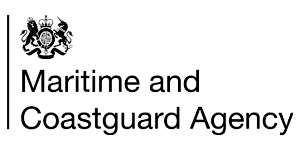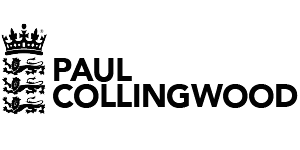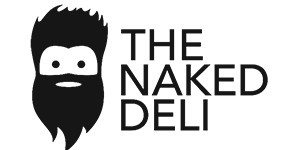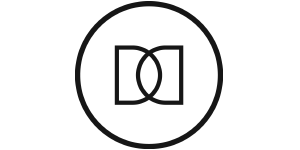How Design Plays a Crucial Role in Your Marketing Efforts
Posted in Expertise • 8 minute read

In today’s visually-driven world, design has become an essential component of successful marketing strategies. Whether it’s a website, an advert, a social media post or packaging, the design elements you choose can significantly impact how your brand is perceived and how effectively you communicate your message. In this article, we’ll explore how creative design plays a crucial role in your marketing and why it should be a priority in your overall strategy.
1. Your Brand Identity
Effective brand design is instrumental in establishing and maintaining your brand’s identity. The visual elements, such as your logo, colour palette, typography and imagery, all work together to create a unique and recognisable brand. Consistent design across your marketing materials builds brand recognition and helps differentiate your business from competitors. A well-designed brand identity instils trust and familiarity in your target audience, making them more likely to engage with your marketing efforts.
2. Visual Communication
Visual communication done right will allow you to convey complex ideas, values and stories in a way that is easily digestible and engaging for your audience. Through thoughtful design choices, you can evoke specific emotions, create a sense of urgency, or showcase the benefits of your products or services. Effective visual communication grabs attention, sparks interest and encourages action.
3. A Well-designed Website
Good design also plays a crucial role in shaping the experience of your marketing website. A well-designed website, for example, enhances navigation, readability and overall usability. Intuitive and user-friendly interfaces make it easier for visitors to find information, make purchases or engage with your content. A positive user experience (UX) encourages repeat visits, increases conversions and fosters customer loyalty.
4. Brand Perception and Credibility
Your marketing collateral’s quality directly impacts your brand’s perceived quality. A professional and polished design instils confidence and credibility in your audience. A poorly designed website or marketing collateral can give the impression of a disorganised or untrustworthy business. Consistently delivering high-quality design across all touchpoints helps build a positive brand perception thus establishing your business as reliable and reputable.
5. Differentiation and Competitive Advantage
In a crowded marketplace, these assets can be a powerful tool for differentiation. Thoughtful and innovative design choices help your brand stand out from the competition. By creating a unique visual identity and crafting compelling visuals, you can capture the attention of your target audience and leave a lasting impression. It could can be the factor that sets your brand apart and gives you a competitive edge.
6. Social Media Engagement
Strong digital design assets are essential for capturing attention and driving engagement on social media platforms. Eye-catching graphics, compelling visuals, and well-designed posts are more likely to be shared, liked, and commented on. Strong visual content can help your brand go viral and reach a wider audience. Design plays a crucial role in optimising your social media presence and increasing your chances of meaningful interactions with your audience.
7. Conversion Optimisation
Effective marketing with well-designed digital assets can significantly impact your conversion rates. By carefully designing landing pages, call-to-action buttons, and overall user flows, you can guide your audience towards desired actions, such as making a purchase or filling out a form. Clear and visually appealing elements improve the user’s understanding of what is expected of them and increase the likelihood of conversion.
In conclusion, design really is a critical component of your marketing efforts. It helps establish brand identity, communicate messages visually, enhance user experience, build credibility, differentiate from competitors, drive engagement on social media, and optimise conversions. By prioritising how assets look and feel in your marketing strategy, you can effectively captivate your audience, deliver your message with impact and ultimately achieve your business goals.













